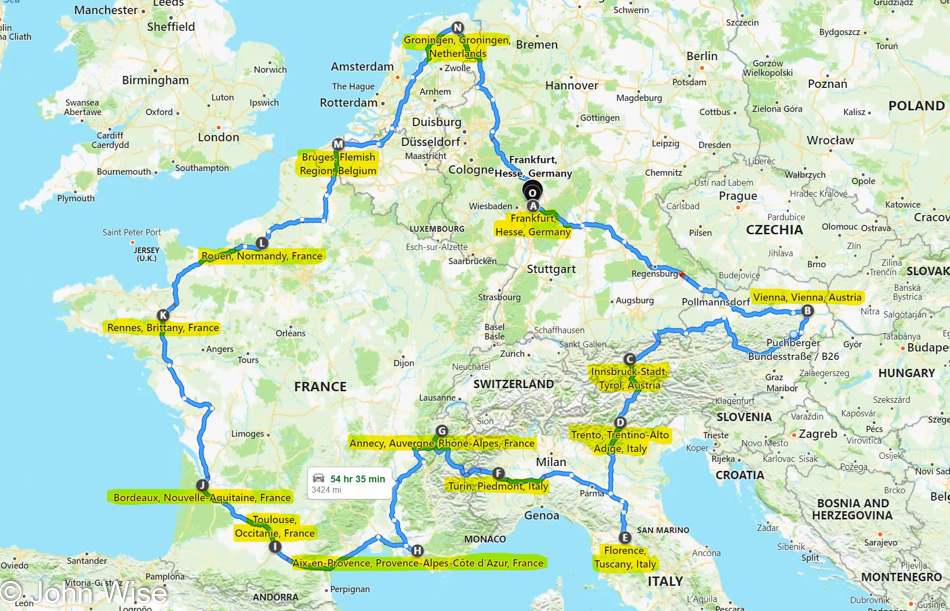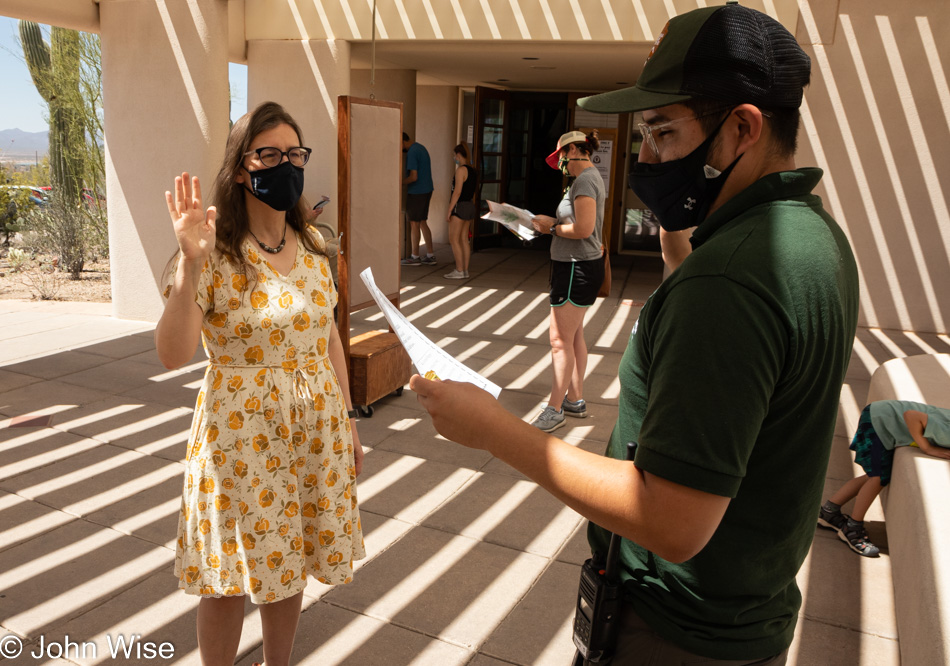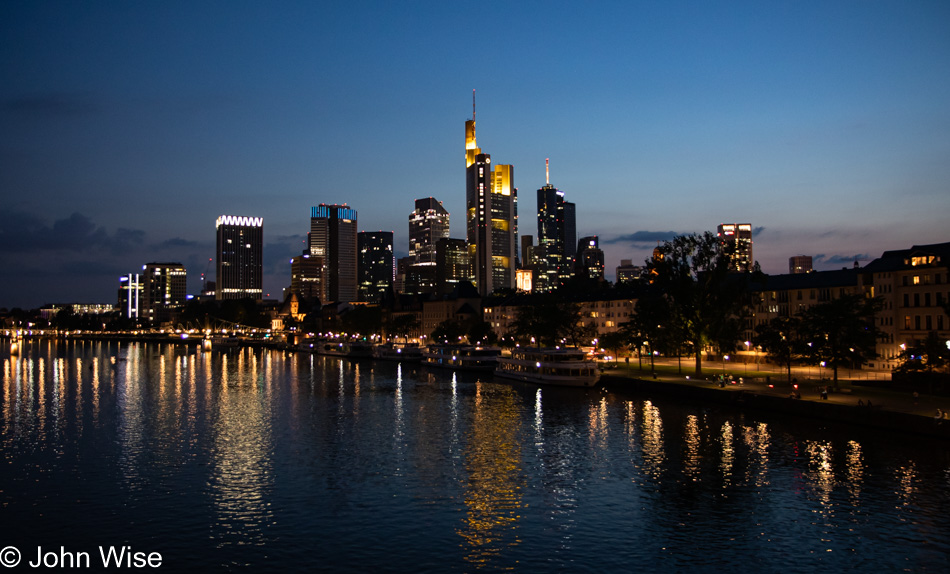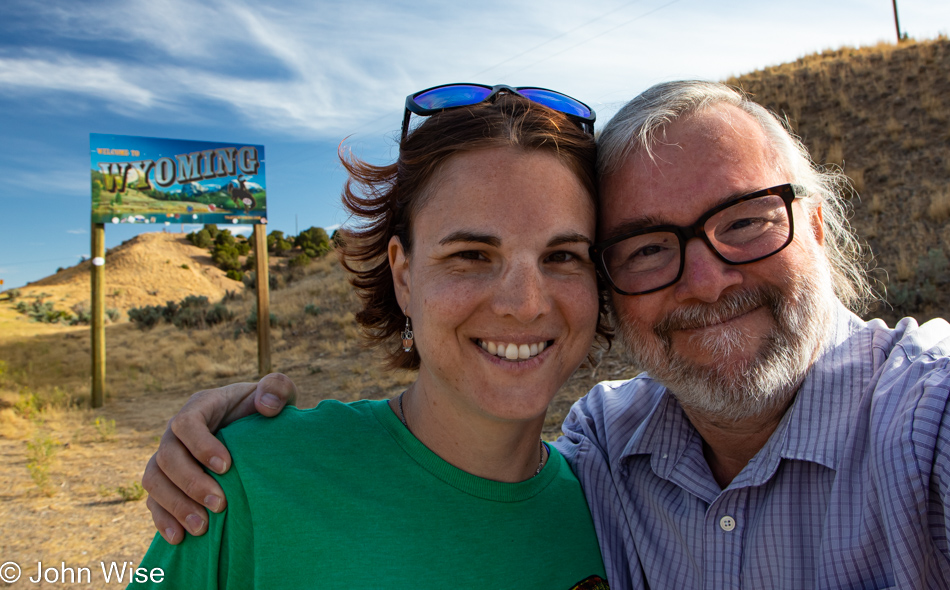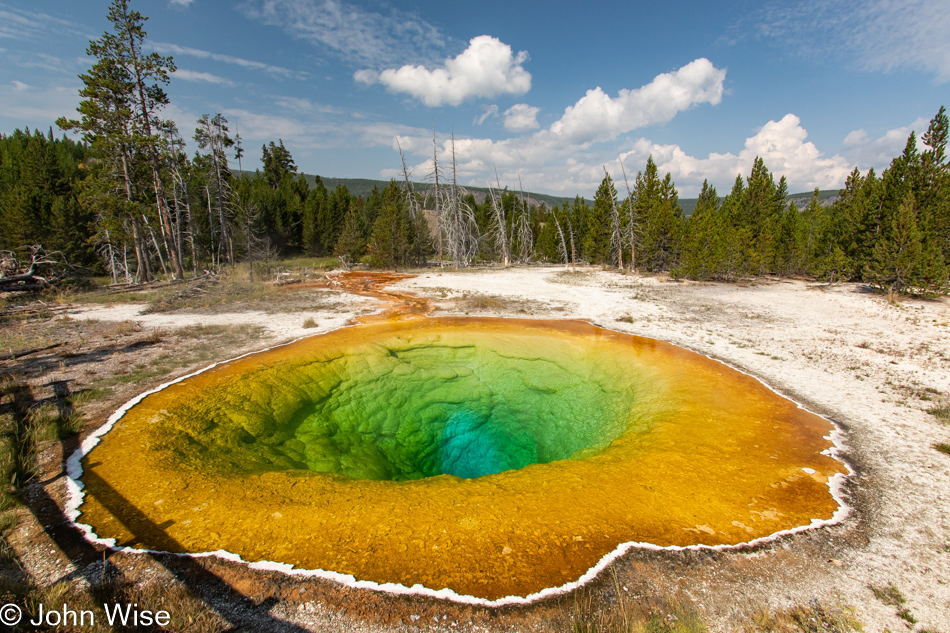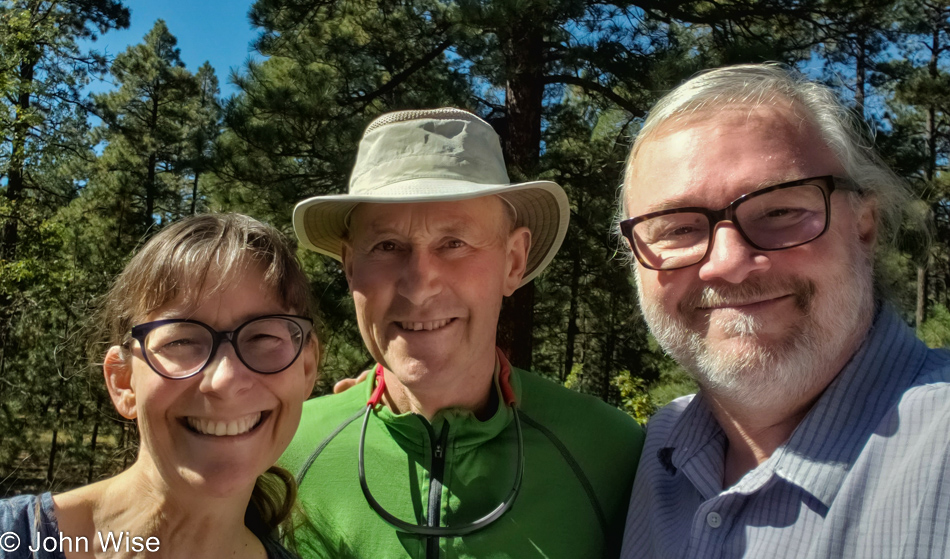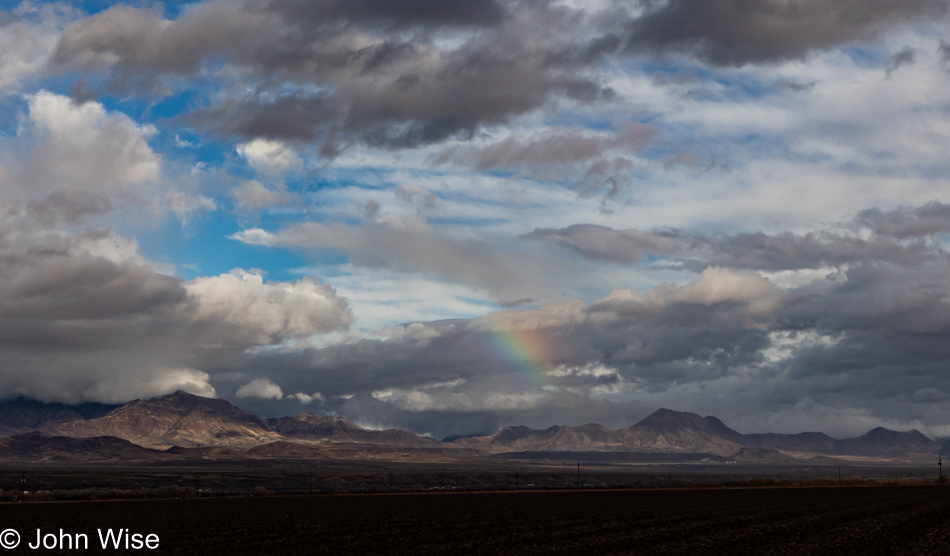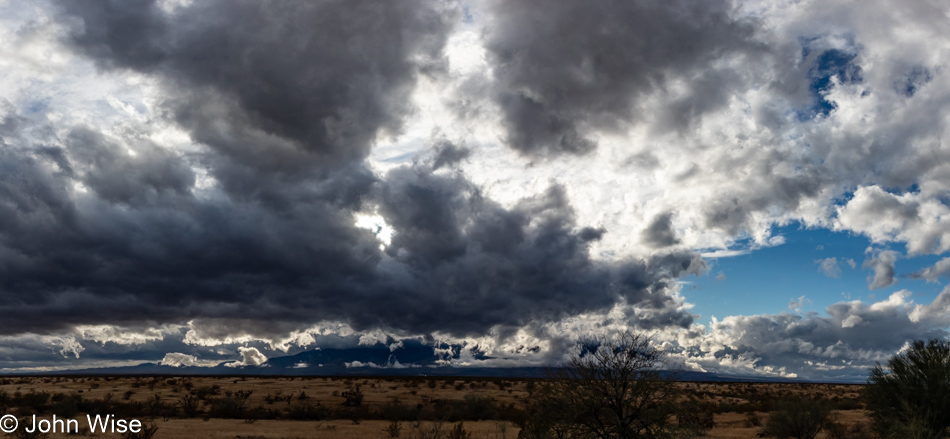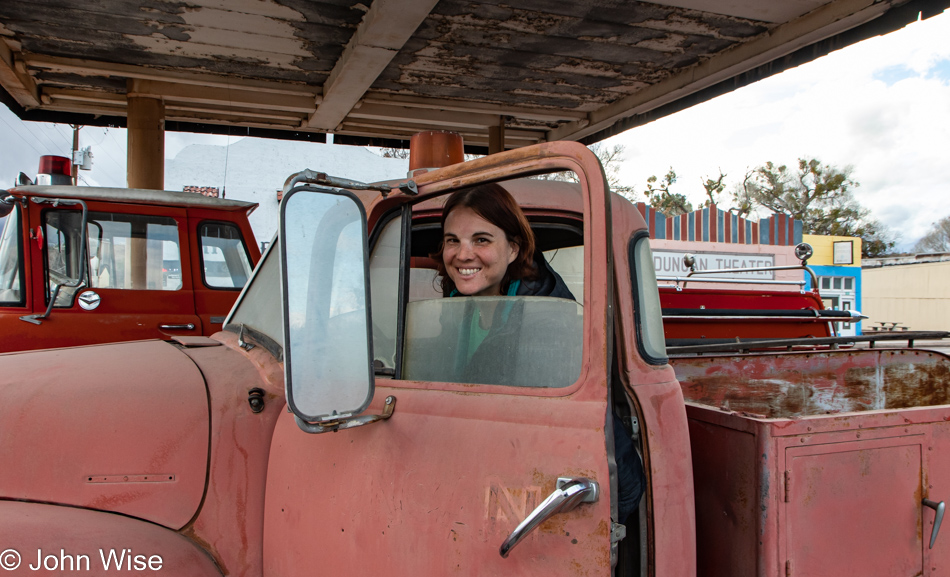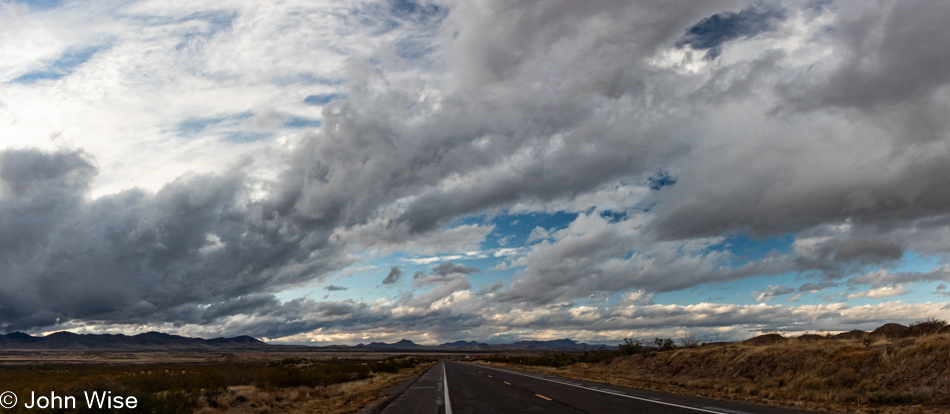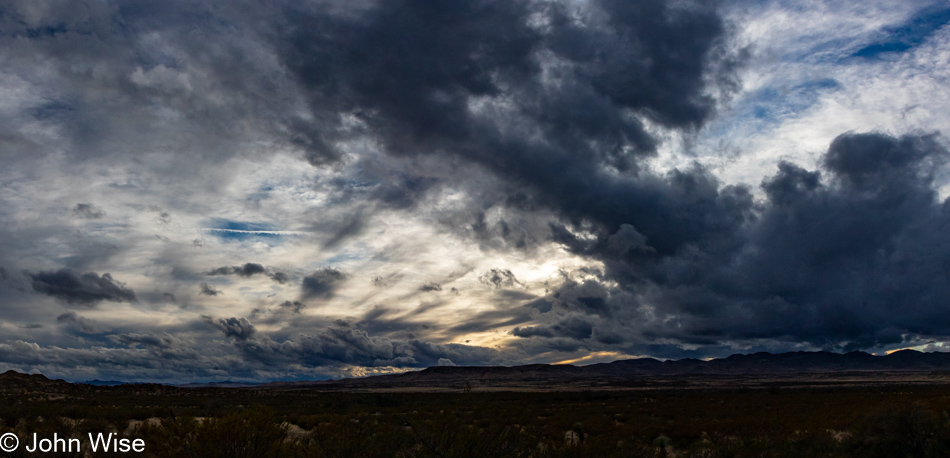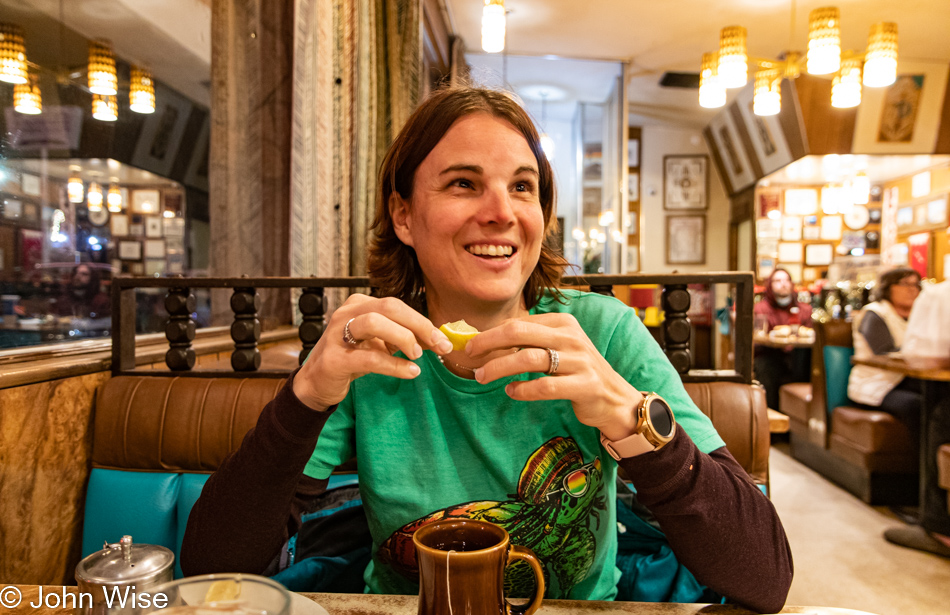
Darkness and cold greeted us as we left our hotel, but the tradeoff was arriving at Bosque del Apache National Wildlife Refuge at the cusp of daybreak. We’ve been here before when it was even colder and the pond we are standing next to was frozen over. But who cares about some chilly weather when already knowing what to expect, we dressed appropriately in order to brave whatever the day had to offer us. The beautiful early morning reflections are not the primary reasons we are here adjacent to the White Sands Missle Range on the Rio Grande River.

Birds, we are here for birds, lots of them. This early, while finding our place in the Refuge, we are not specifically looking for sandhill cranes yet; that’s them standing over their reflections. Nope, we have other birds in our sights. If these first two images above were the best I would have captured while making this visit, I could have gone home happy to have experienced such beautiful sights.

But we weren’t done witnessing the extraordinary, and then again, who would have driven 450 miles (725km) for only 10 minutes of such things? Not us; we were here to milk nature in order to imbibe this intoxicating mixture of elements from the sky, water, creatures, plants, dirt, sound, smell, and feel. Stirring this all to life was a still-invisible giant ball of fire which was sending us hints like the image above that it was on its way back, just like the snow geese.

For a good half hour, the snow geese flew in from various corners around the refuge. For reasons beyond our human brains, these bird-brained elegant animals capable of flight choose to congregate here on this lake right before us. They squawk and chatter in a secret language to which the cranes don’t seem to pay any attention, but I do. I want to know what they are saying because after enough of them have come together in a giant love puddle of snow gooseness, they hatch a masterplan that is executed in an instant with a precision that boggles my mind.

That instant arrives when thousands of snow geese launch themselves off the water and into the sky on their way to points across the landscape to forage for food that their advanced eye-sight is able to glean in ways that insinuate that my own vision might be inferior.

Into the fiery sky, they disperse while we, who will never know what the freedom of self-powered flight is like, stand in awe, gawking at the spectacle of a giant flock of birds.

In a flash, only the cranes remain.

Well, not only the cranes, as incredible beauty continued hanging out with us hearty travelers who were trying our best to absorb every bit of the visual symphony the scenery was wrapping us in.

Hey, rogue goose, where has your flock gone or are you going solo taking your own path?

Don’t hesitate to note the important stuff, as some knowledge is transitory, like these birds flying across the scene. What I’m trying to say is that I think we might be at another pond at this point, but I can’t be certain. I’ve looked at the landmarks in the background, but I’m at a loss to find any specificity of location. Does it really matter?
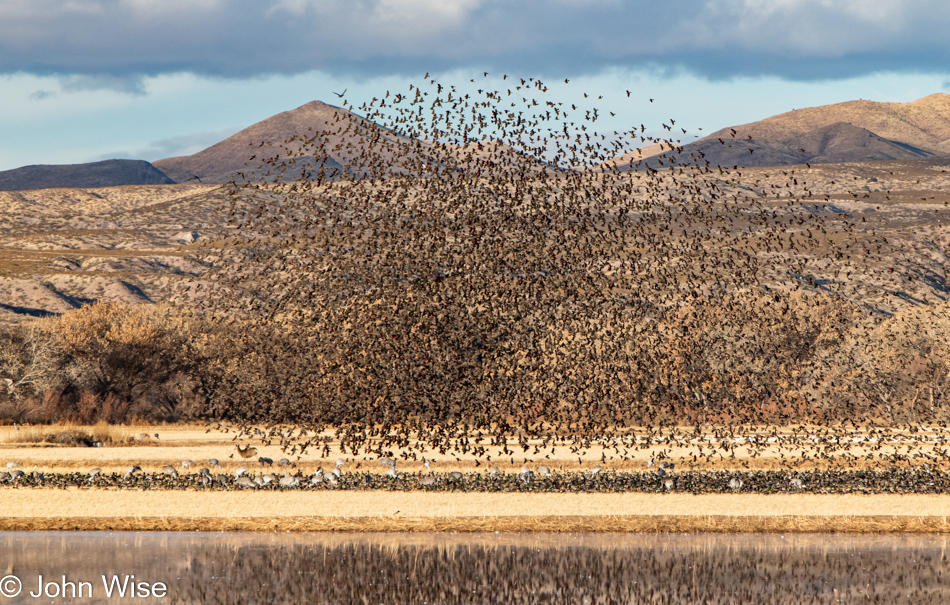
I’ll go out on a limb and claim that this murmuration of blackbirds are starlings, but if they really are, I can’t really know.

Sure, the grasses are brown, gold, reddish, and kind of yellow in a palette of fall and winter hues, as are the leafless dormant trees passing through this season, but should you choose to see stagnation, lack of life, or a general sort of dullness, you might be missing the bigger picture. On closer view, the landscape is full of potential and hints of what was in the months leading up to this perfect moment. To be honest, I, probably like you, find particular beauty in scenes such as what is pictured in the very top photo above, but I’d have to attribute that to the rarity of those sights found at dawn. Those early moments at the beginning of the day or the final glow of the last remnants after the sun has dipped below the horizon typically last less than an hour, while the midday light will remain with us for many hours, bathing what we look at in light that isn’t so nuanced and transitory.
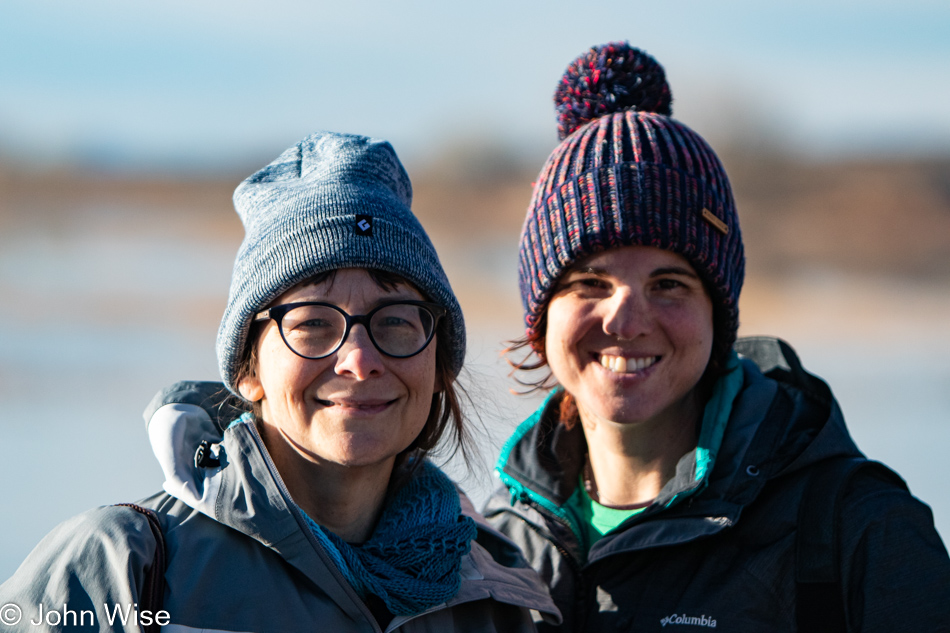
Sadly, I can hardly see what personal details and characteristics wild animals have to offer aside from their presence. Obviously, I can tell babies and juveniles from adults, but I cannot comprehend the rarity of them in this environment as I can when relying on photographs where the aging process and choice in clothes convey what stage or point in life the person was. While Jane Goodall was lucky enough to live with apes long enough to identify their personalities and people who have pets learn those animals’ characteristics, I cannot take up a spot here at the refuge where I might encounter the same snow goose or crane on a day to day basis. Instead, I’m stuck with these two loons.
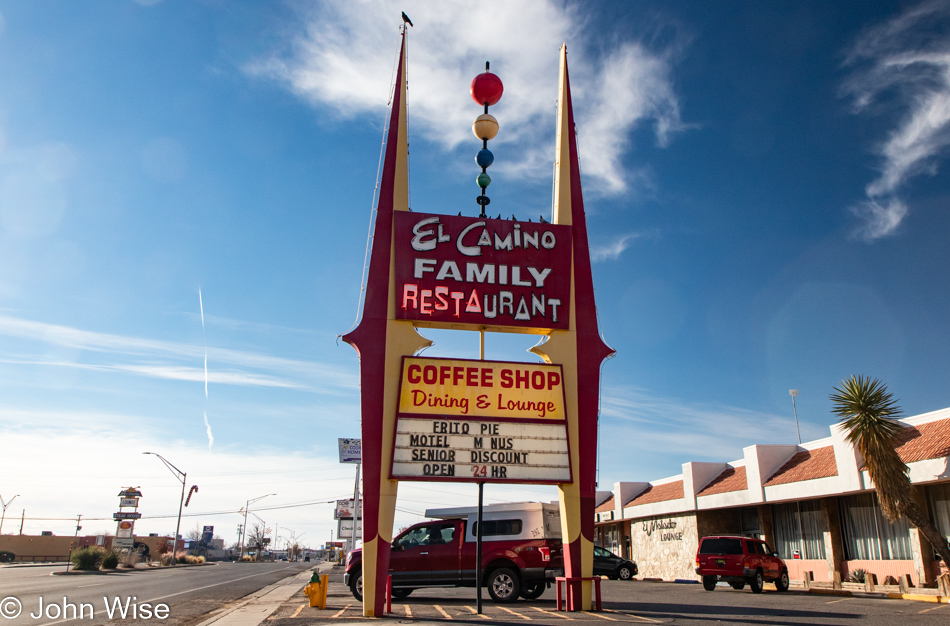
And for loons, there’s only one place to eat while in Socorro, New Mexico and that’s right here at the El Camino Family Restaurant where little more than 12 hours ago we had dinner. Then, in another 8 or 9 hours from now, we’ll be right back here for dinner again, but right now, on this wonderful Christmas morning, we are grabbing breakfast.

We’d discussed heading north to visit the Salinas Pueblo Missions National Monument series of church ruins but instead opted to return to the Bosque del Apache National Wildlife Refuge (by the way, Bosque is pronounced “bohs-kee” in these parts. We came back for some of the trails we’d never walked before.
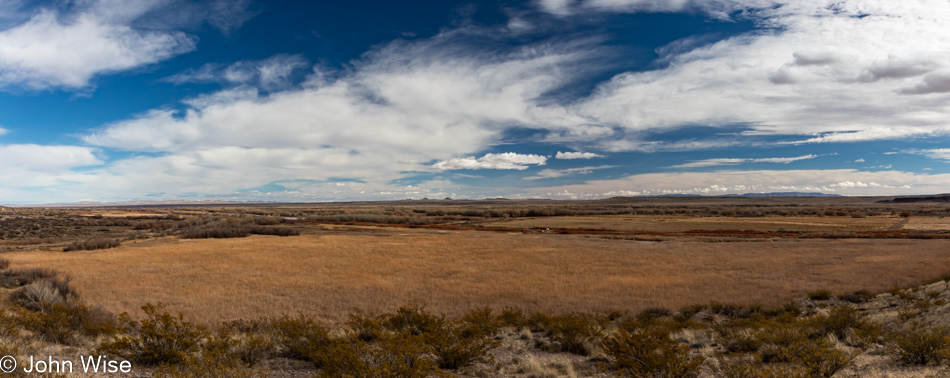
And the man said unto nature, “We humans, in our generosity, have carved out this fraction of the domain your ancestors once knew, but we are not heartless to your plight of a shrinking domain, so here, take this river bottomland we are not interested in and call this home.” Up here on this cliffside, we assumed our perch over the kingdom of creatures so we might better sense the rule of all that is below. This is the joy of being GODS.

So, if you are the god you so arrogantly claim, how about you demonstrate that lofty position and chow down on this yummy cactus paddle as the javelinas do?

Or might you be so humble as to organize the atomic and molecular structure of the universe to produce plants just like the force of evolutionary nature does?

Oh, I see how it is; we are here to sow destruction, create entertainment that satisfies our boredom of being horrifically aware of our existence, and steal what we can from all that is or might be as it feeds our sense of superiority. The depth required to be true creators and stewards is elusive to our puny-spirited population of idiots. But not us; we are here on Christmas Day to tread lightly, eschew entertainment and the consumerist experience to find the enchantment nature is putting on display in crazy abundance, delight in this brief moment of existence, and through it all, we hope that we’ve not intruded upon the potential of other life to indulge in another perfect day too.
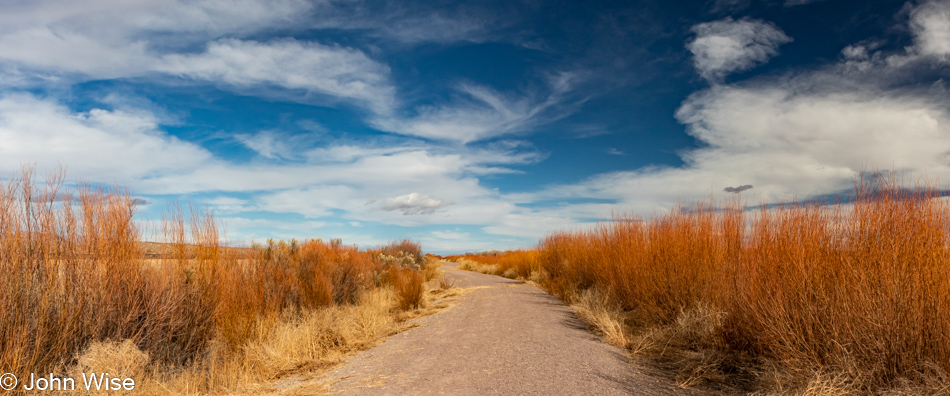
While we were here at the Bosque, we walked along, chatted, and obviously took a significant number of photos, maybe too many. Then again, these images capture precisely the world as it looked to us, and as such, they appear unique as they coincide with our memories, whereas someone else’s photo taken on a different day won’t strike the same notes as these will. True, there are images I’ll share here that fail to readily demonstrate in an apparent way why I thought there was something extraordinary about the view and would certainly fail to compel someone else to walk in our footsteps, but they sing to my memories. As others go into their unfolding world using the luxury of digital photography and even a rudimentary ability to write, I’d like to encourage people to record their world in this slow medium, meaning not using video, and then, years down the road revisit these documents and appreciate just how amazing your own memory is in bringing you back to something that might have otherwise been long forgotten.
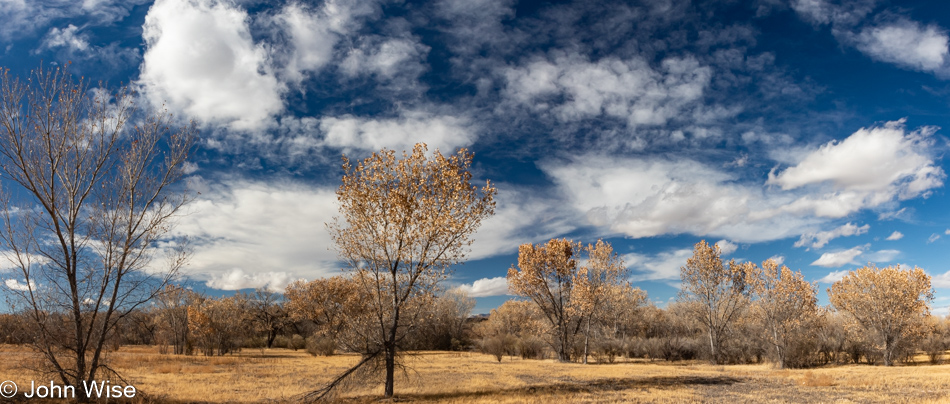
Hello, future recollections of that day back at the end of 2021 when Caroline, Jessica, and I strolled through this wildlife refuge under fluffy white clouds set against a deep blue sky, and with the sounds of birds in our ears, we just walked along with nowhere else to be.

Maybe in that sense, we were much like these deer who couldn’t have cared about the larger world outside of their immediate experience. They were in the moment having deer thoughts and doing deer things just as we were having human moments doing human things, totally unconcerned with what was happening in the larger outside world beyond being right here.

Screwbean mesquite is a species of the tree that, as far as I can determine with 2 minutes of research on Google, will have that mesquite flavor desired by grillers across the southwest. As for the beans, I’m going to invite Caroline during her editing of this post to learn about the cooking potential they might have and share what she finds. [Screwbean mesquite pods are edible, particularly ground into flour that is gluten-free and nutrient-rich. However, other mesquite species are said to be more flavorful. – Caroline]

The Rio Viejo trail follows a former riverbed of the Rio Grande that’s now on the other side of a berm to our far left. In its stead is this trail, the screwbean mesquite trees, along with a bunch of cottonwoods. At this time of day, though, there weren’t many birds here.

But there was a group of javelina coming out of the nearby brush, and as we stood silently, allowing them to do and go about their business, they slowed down, checked us out, and continued on their way.

We counted eight javelinas in this squadron (I looked that up). Walking out of the bush and prior to sensing us, they were preoccupied foraging for whatever it was they were sampling from the forest floor. I’m guessing we were afforded the close encounter with these peccaries due to the direction the wind was blowing, but when they got within about 20 feet of us, they’d stop, and while looking straight at us, their snouts started frantically wiggling as though they were evaluating the potential threat in front of them that they likely could barely see. Lucky us, we could see them all quite clearly, but unfortunately, they never were in the right position for us to gather a good sniff of their musky stink that earned them the nickname skunk pigs.

We’ve continued up the dirt road going north to position ourselves near the Coyote Deck. From here, we’ll just hang out a good long while before continuing the loop toward where our day began.

From corners far and wide, the geese are heading back to the safety of the ponds where they can pull up their pillows and get some rest, safe from the coyotes that would gladly make feasts of the abundance of these feathery treats.

Just as we were about to head back to the hotel so we could catch something or other on TV, maybe some football, even more birds came flying in. Don’t you just hate it when you know there’s something worthwhile on the television and nature keeps interrupting you from getting back to the important stuff, like watching all of those old Christmas movies you’ve already seen dozens of times before because It’s a Wonderful Life is just that great? Yeah, well, I was being cheeky, and although it’s Christmas day and the romantic drivel of consumer-driven merrymaking is supposed to be all the rage along with this fakey nostalgia for such ugly, repetitive nonsense, I’d rather tell you to go stuff yourself regarding traditions…watching wild birds in the air rocks while roasted geese on your table are sad and tragic, just like your pathetic lives in front of idiot boxes.

Everything in that paragraph above was written by my wife, Caroline, against my wishes as I would never take such Scrooge-like digs at this Great American Holiday, which represents the best of what we have to offer as a free and decent people. As a matter of fact, I regret that we skipped out of Phoenix for years so we could avoid my mother during Thanksgiving, as who wanted to be part of that shit show?
Editors Note: Again, my wife has taken certain liberties with this last sentence to make me appear as some kind of crude curmudgeon with a broken sentimentality organ. I would never talk ill of the dead.
Note of Truth: Okay, so I take full responsibility for all of the text in this post, but after writing for the 28 photos that preceded this descent into farce, I just couldn’t come up with nice flowery things to continue rambling about the refuge and our delight at being here. So, I took a tangent, but after 2,000 words and so many photos, there’s NO WAY anyone is still reading this; even the Google indexing algorithm probably dipped out about a thousand words ago.

Hey John, instead of turning this obviously wonderful experience into a tragic parody of some poorly executed attempt at humor, why not just delete some photos, consolidate the text, and make this easier on all of us? My best answer is, when I was choosing photos in the days leading up to the point I’d start writing, I was certain that I required every single photo I’d chosen because each had the potential to be great if only I could add some meaningful poetic musings to elevate them. Instead, I’ve, in effect, maligned the magnificence of these cranes, some geese, too, as I channeled grumpy John.

Then again, do I really look all that grumpy? By the way, my daughter used to have the world’s stinkiest feet. We recently learned it could have been due to a type of bacteria that apparently also affects dogs, so if I were a betting man, I’d say my weird-ass daughter likely played footsy with her dogs back when they were still alive. I point out their life status as after staying with her in more than a few hotel rooms this year; we’ve not had one gacking moment, not even a little one. That’s my daughter in the middle for those of you who don’t know, and maybe I should also point out finally that she blogs, occasionally as poorly as I do, over at TheJessicaness.

Bright golden grass growing out of the shallow waters of this pond with the sun setting couldn’t be left behind. Writing that, I can’t help but think about how often I have wanted to leave my daughter and her rotting feet behind, but something compelled me to keep dragging her along. Ha, no, that didn’t happen; she’s married, and lucky for me, her husband Caleb somehow adapted to enduring the wretched stench of a magnitude compared to which even my farts smelled subtle and nearly insignificant. But enough of this airing of dirty feet on my eloquent and lovely blog I’m soiling with remembering my daughter just this way on Christmas; I’ll move on, I swear.

Sunset is coming, which means we are about to leave for dinner, and I have nothing else to say.

Really, nothing. Okay, here’s a Merry Christmas, but that’s it.



